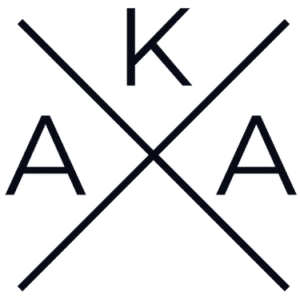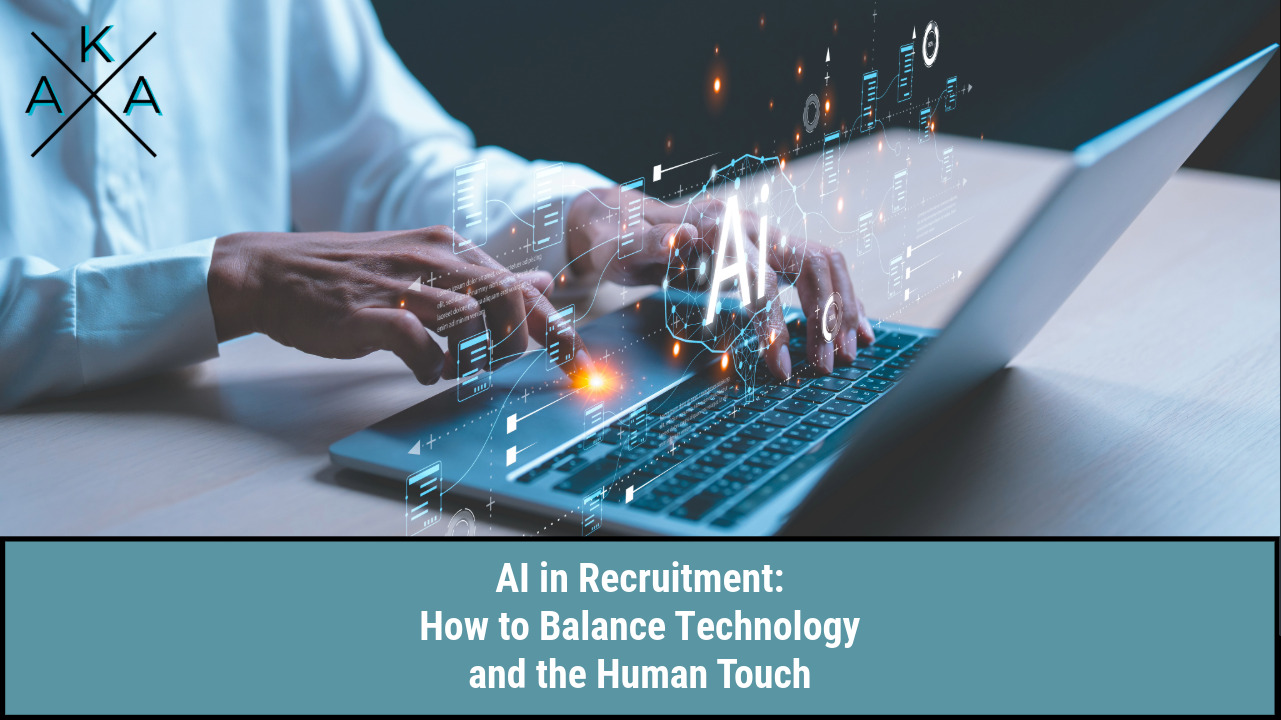Artificial Intelligence (AI) has become one of the most transformative forces in modern recruitment. From automating resume screening to using chatbots for initial candidate interactions, AI promises efficiency and speed in ways that were unimaginable even a decade ago. Employers benefit from reduced time-to-hire, while candidates enjoy quicker feedback and smoother processes. But as much as technology improves recruitment, there’s an equally critical factor that can’t be replaced: the human touch.
The real challenge for businesses today isn’t choosing between AI and people—it’s learning how to balance both. AI brings speed, data, and scalability, while recruiters and hiring managers bring empathy, judgment, and relationship-building skills. Getting this balance right can define whether a company simply fills seats—or builds teams that thrive.
The Advantages of AI in Recruitment
AI-driven tools can handle repetitive and time-consuming tasks, freeing recruiters to focus on higher-value activities. For instance, applicant tracking systems (ATS) now use machine learning algorithms to parse thousands of resumes in seconds, flagging the most relevant candidates. This reduces the manual effort involved in shortlisting, ensuring recruiters spend more time connecting with people rather than sifting through stacks of applications.
Additionally, AI helps minimize human bias during the early screening process. By focusing on qualifications, skills, and experience rather than names or backgrounds, AI can support fairer hiring practices. Combined with predictive analytics, these tools can forecast candidate success and retention, giving employers data-driven insights before making decisions.
- Time efficiency: Automates repetitive tasks like resume screening and scheduling.
- Data-driven insights: Predicts candidate fit and potential performance through analytics.
The Limitations of Relying Solely on AI
While AI excels in speed and scalability, it has limitations that can hinder the recruitment experience if not carefully managed. Algorithms, while designed to reduce bias, can sometimes reinforce it—especially if the data they’re trained on reflects past discriminatory practices. For example, if an AI tool is trained on a company’s historical hiring data, it may unintentionally favor candidates from similar backgrounds, perpetuating existing inequalities.
AI can’t always understand the full story behind a candidate’s background. For example, a career gap might be due to caregiving, health, or education—all valid reasons an algorithm might flag unfairly. It also can’t fully measure things like cultural fit, soft skills, or personal drive. Without human input, companies risk missing out on great candidates who don’t look “perfect” to the system.
- Algorithmic bias risk: AI can replicate past hiring patterns, reinforcing inequities.
- Limited insight: Misses context such as personal growth, motivation, or cultural fit.
The Human Touch in Modern Recruitment
Human interaction remains a cornerstone of effective recruitment because people build trust in ways technology cannot. Candidates want to feel heard, valued, and understood during their job search. A recruiter who takes time to listen, offer guidance, and provide feedback creates an experience that builds long-term loyalty—whether the candidate is hired or not.
Recruiters also play an essential role in interpreting intangible qualities. Emotional intelligence, adaptability, and leadership potential are often discovered during conversations or observed in interviews. These are the human elements of recruitment that no AI system can replicate. By combining empathy with strategic questioning, recruiters help employers avoid costly mistakes and ensure that hires are aligned with company values.
- Relationship-building: Human interaction fosters trust, loyalty, and stronger candidate engagement.
- Soft skill assessment: Recruiters identify qualities like empathy, leadership, and adaptability.
Finding the Right Balance
The future of recruitment lies in blending AI technology with human expertise. Employers should leverage AI for the heavy lifting—automating screening, scheduling interviews, and analyzing data—while reserving human interaction for evaluating fit, culture, and long-term potential. This hybrid approach ensures efficiency without sacrificing the personal elements that make recruitment meaningful.
Recruitment firms and hiring managers who strike this balance gain the best of both worlds. AI allows them to move faster in competitive markets, while human judgment ensures the right talent is hired for the right reasons. Ultimately, it’s not AI versus people—it’s AI empowering people. Those who embrace this mindset will be best positioned to attract, hire, and retain top talent in a rapidly evolving job market.
- Hybrid approach: Use AI for automation, recruiters for relationship-building and judgment.
- Future-proof strategy: Combining tech and people creates efficiency and long-term hiring success.
Conclusion
AI in recruitment is no longer a futuristic concept—it’s a present reality reshaping how companies find and hire talent. However, its value isn’t in replacing recruiters, but in enabling them to focus on what truly matters: people. By balancing automation with empathy, businesses can not only hire faster but also smarter—creating teams that deliver results and thrive together.


